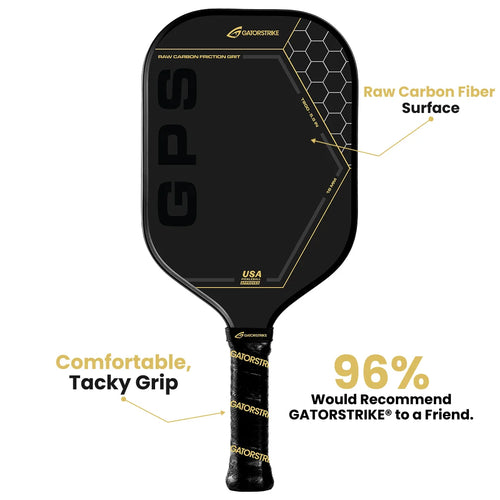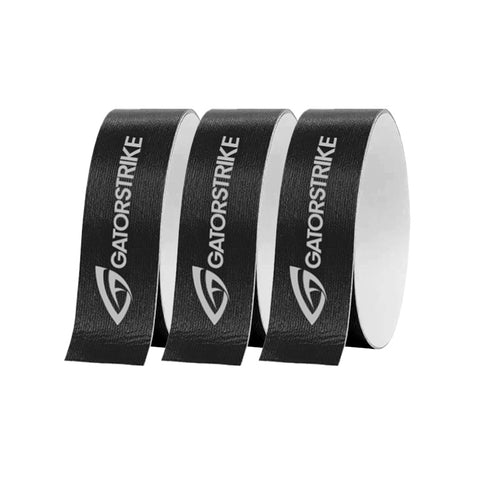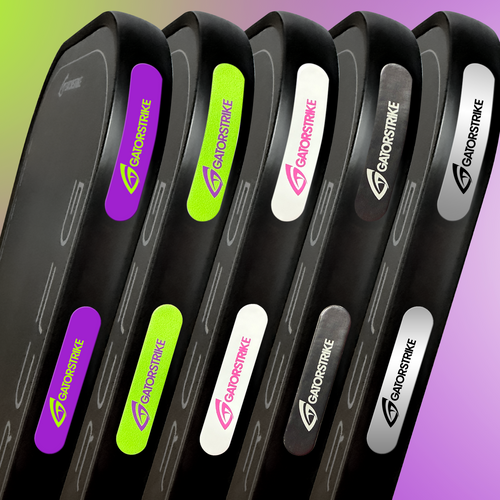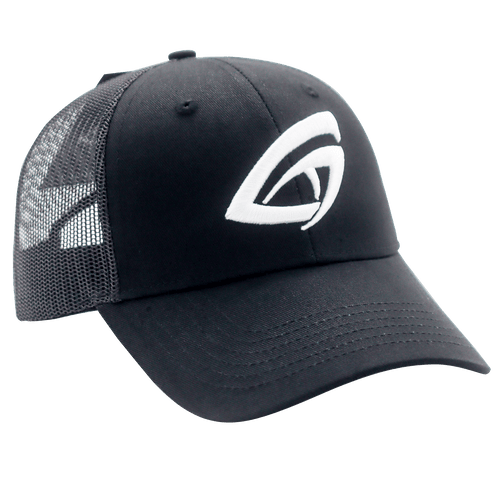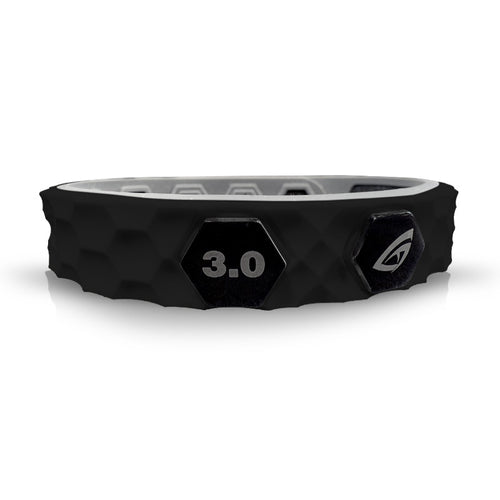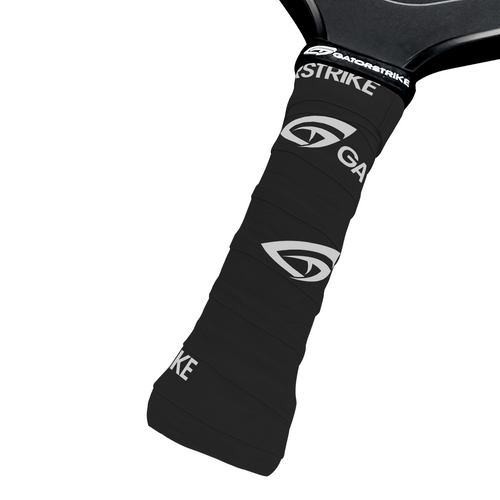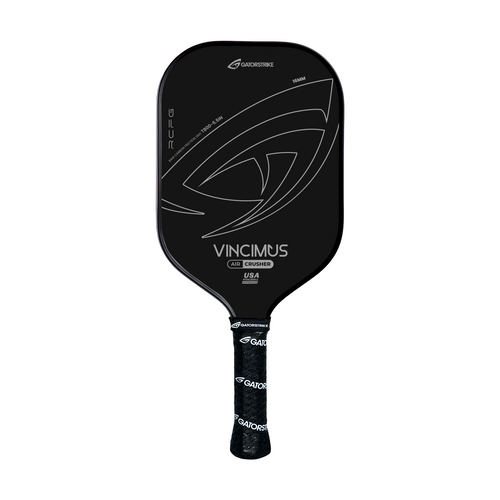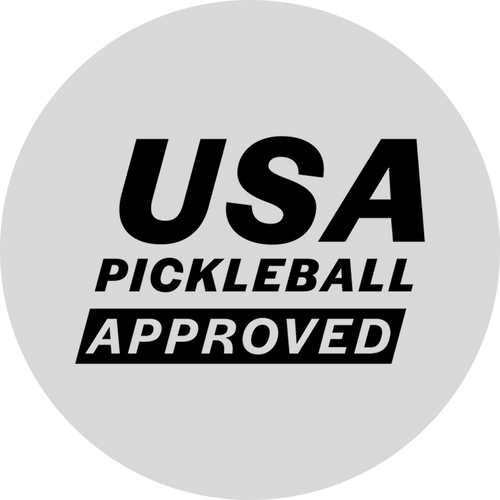
Unlocking the Sweet Spot: The Science Behind Superior Paddle Control
Share
In the exhilarating world of pickleball, victory is often determined not by brute strength, but by precision. The elusive “sweet spot” on your paddle is the gateway to unmatched control, spin, and accuracy. But what exactly is the sweet spot? And more importantly, how can you find it, feel it, and finesse it into your everyday play?
Let’s break down the science behind superior paddle control, so you can start striking smarter—not just harder.
What Is the “Sweet Spot”?
The sweet spot is a localized zone on the paddle face where impact energy is most efficiently transferred to the ball. Hitting the ball in this optimal region minimizes vibration, maximizes feedback, and delivers the cleanest, most controlled shot possible. In other words, it's where physics and finesse collide.
There are actually three distinct sweet spots recognized in sports science:
- Center of Percussion (COP) – Where you feel the least vibration in your hand.
- Node of Vibration – Where the paddle flexes the least during impact.
- Maximum Coefficient of Restitution (COR) – Where the ball rebounds with the most velocity.
In many premium paddles, these three spots overlap closely, forming a high-performance strike zone—your true sweet spot.
Why the Sweet Spot Matters
Striking the ball in the sweet spot is like hitting a piano key at just the right angle—it sings. Here’s what happens when you consistently connect:
-
Enhanced shot accuracy
With less unpredictable deflection and cleaner contact, your directional control improves dramatically. -
Reduced energy loss
Less vibration equals less fatigue. That means longer rallies and stronger finishes. -
Amplified spin potential
Hitting in the sweet spot allows the paddle’s surface texture and core response to work in harmony, optimizing your topspin or slice.
Paddle Design: The Secret Behind Sweet Spot Performance
Not all paddles are created equal. The size, shape, and materials of your paddle directly influence the size and responsiveness of the sweet spot. Here’s what to look for:
-
Core Composition
Polypropylene honeycomb cores often provide a larger, more forgiving sweet spot, while nomex or aluminum cores create a punchier feel with a more focused zone. -
Face Material
Textured carbon fiber or fiberglass faces offer exceptional grip on the ball, allowing better dwell time—an essential ingredient for sweet spot control. -
Shape & Balance
Elongated paddles may have a higher sweet spot, ideal for reach and spin shots. A wider body offers more surface area, giving newer players a broader margin for error.
Training Your Feel for the Sweet Spot
Even with the best gear, your body needs to learn the feel of perfect contact. Here are three drills to help build that intuitive connection:
-
Slow-Motion Wall Rallies
Practice dinking against a wall in slow motion. Focus on crisp, centered contact. Your hand will begin to recognize the vibration feedback. -
Auditory Awareness
Listen to the sound of each strike. Hits in the sweet spot produce a clean "pop" versus the dull thud of off-center contact. -
Shadow Swings with Intent
Swing without a ball, visualizing contact with the sweet spot. Over time, muscle memory kicks in—your paddle starts “finding” the zone naturally.
Final Thoughts
Unlocking the sweet spot isn’t just about mechanics—it’s about mindfulness, repetition, and the right equipment. Whether you're a weekend warrior or chasing DUPR points, dialing into that optimal contact zone transforms your game from reactive to intentional.
So next time you step on the court, listen for the "pop," feel the reduced vibration, and trust your gear. Because with the sweet spot in your swing, every shot feels like magic.
